Should I buy a Hisense TV A look at the budget smart TV brand Should I buy a Hisense TV?

Do you need a Hisense TV? There are many TV brands on the market to choose from right now, each offering a whole range of different models and different types of TV tech inside them.
Plenty of choice can only be a good thing. However, this does mean that deciding whether to buy one of the best budget small TVs or consider a wall-filling, super-sized display and all the other sizes and types in-between can be a challenging task.
Not only is there a lot of choice, but there are also many confusing tech terms (QLED, OLED, 4K, and the like) to get to grips with, as well as nitty-gritty specs to compare and contrast between each brand.
What about Hisense? This up-and-coming electronics brand has quickly gained a foothold in the industry thanks to its aggressive pricing. This means, if you’re in the market for a new TV, it’s highly likely you'll have come across a Hisense TV at some point and wondered ‘should I buy it?' And maybe even, ‘is this price too good to be true?’
In our guide below, you'll find our primer on the Hisense TV brand, an overview of what makes Hisense TVs stand out from the competition – including the Dual Cell model now set to land in the US any day now – as well as the latest deals we can find on Hisense smart TVs.
Our latest Hisense TV reviews are all at the end of the article if you want to find out more about specific models. For further reading, check out our guide to all the new Hisense TVs of 2021.
- What is the best smart TV?
Should I buy a Hisense TV?
Hisense is generally considered to be a budget TV brand, as it offers premium TV tech but for much lower prices than much of the competition. This means if you're mainly interested in a particular kind of HDR format or 4K resolution at the cheapest possible price, there's probably a Hisense TV out there that’ll suit you.
Hisense doesn’t just make TVs. The Chinese manufacturer produces all kinds of electrical goods, including fridges, washing machines and phones, too. However, its TV range is one of the biggest parts of its burgeoning business. And despite being state-owned – like many Chinese companies – Hisense has plenty of international connections.
Back in 2015, Hisense licensed the famous Sharp brand, bought part of a Mexican TV production line and started making televisions for the US and South American markets using the Japanese company’s name – it then went several steps further by buying Toshiba's TV business.
Importantly, just because Hisense offers TVs at reasonable prices, it doesn't mean it isn't a worthy competitor to brands like Samsung and LG in the high-end TV stakes. Although Hisense is known for its mid-range TVs, in 2021 it's launched the Hisense U80G ULED 8K TV, the brand's first 8K television, which we found achieves brilliant visuals and delivers the high-end features expected from flagship TVs in 2021.
So, despite the brand's budget prices, you should be in no doubt that Hisense is a major player with a solid presence in the competitive television market.
Hisense pricing and specs
Fundamentally, the panels used in Hisense TV sets are decent. They tend to offer nice sharp images, decent black levels, and good color balance.
However, with the sets that support HDR, don't expect them to offer the same peak brightness as more expensive sets from bigger name brands. This means that the images shown on a Hisense TV might not have the same sparkle to them as better HDR sets.
The Hisense TV price range is where it's got a real edge over the competition, with the Chinese company firmly focusing its sights on the middle-market – with occasional forays into more high-end hardware like the massive (and massively bright) H75U9A.
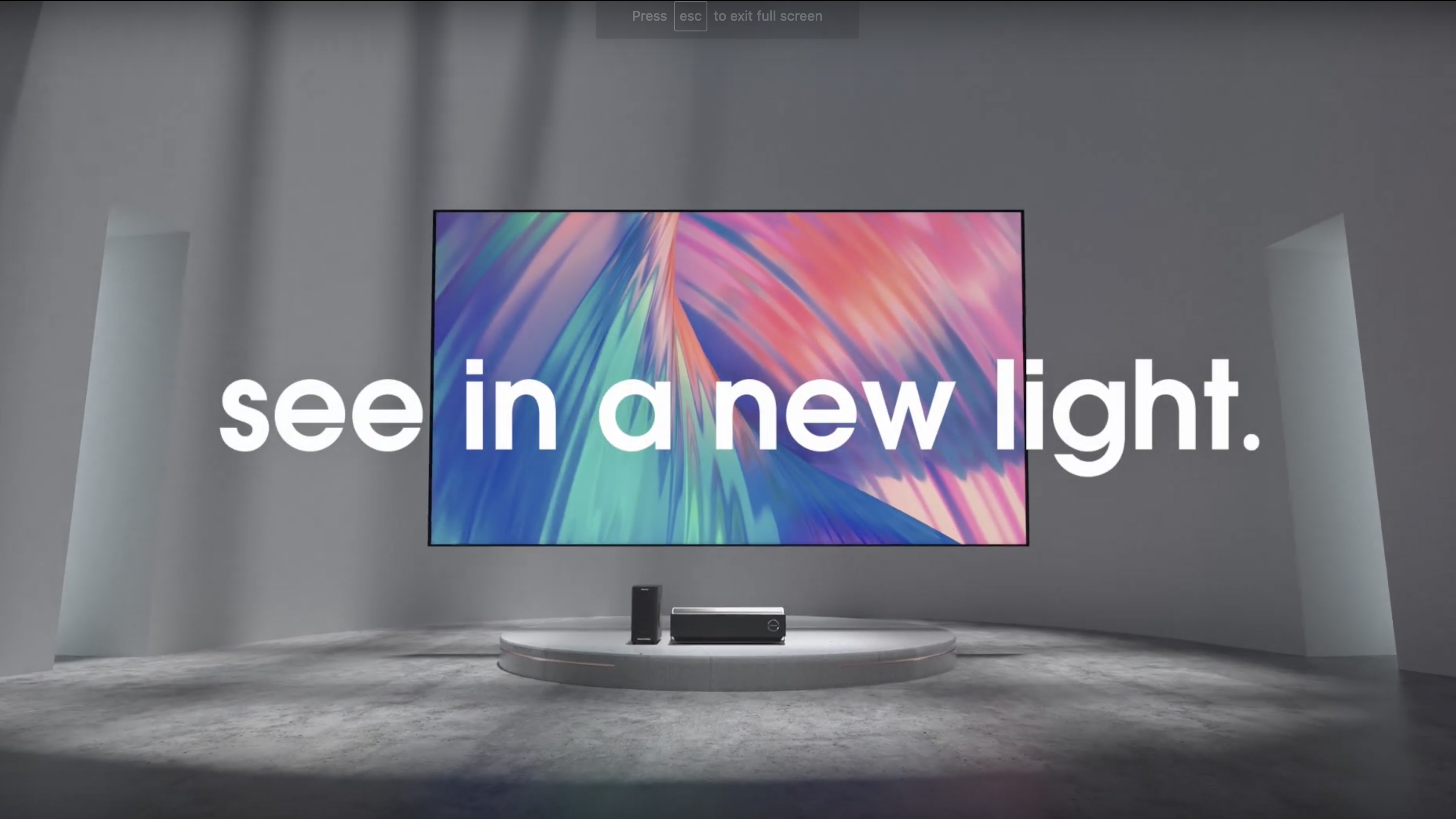
Hisense's flagship televisions have historically not been at the level of the best TVs in the world, but all that changed when the brand brought out its first 8K TV in 2021, the Hisense U80G ULED 8K TV, which we think has been a fantastic 8K debut, delivering the high-end features expected from today's flagship TVs – and after a soft launch in Australia it's coming to the US too.
However, most Hisense TVs are still mid-range and significantly cheaper than their peers.
Lower down the range you're also going to see significant savings. The upshot is that although your television may not be the talk of the town, it's not likely to disappoint, and the money you save can definitely be spent on getting great 4K content.
There's a clear tension between quality and affordability, though. While the H55OB8UK is the cheapest OLED TV on the market, it doesn't have the processing smarts to maintain consistent image quality in the same way as its pricier OLED competitors – and it's no surprise after that model that Hisense is dropping the technology entirely.
You can expect DualCell TVs – which fuse a grayscale 2K panel with a color-rich 4K one – to take its place, with Hisense claiming it can offer OLED-quality contrast at a cheaper price. We'll be watching throughout 2021 to see whether it does, specifically the new Hisense U9DG Dual Cell screen announced in May, but it's unlikely to be an OLED-killer regardless.
Hisense Roku smart TVs: what are they?
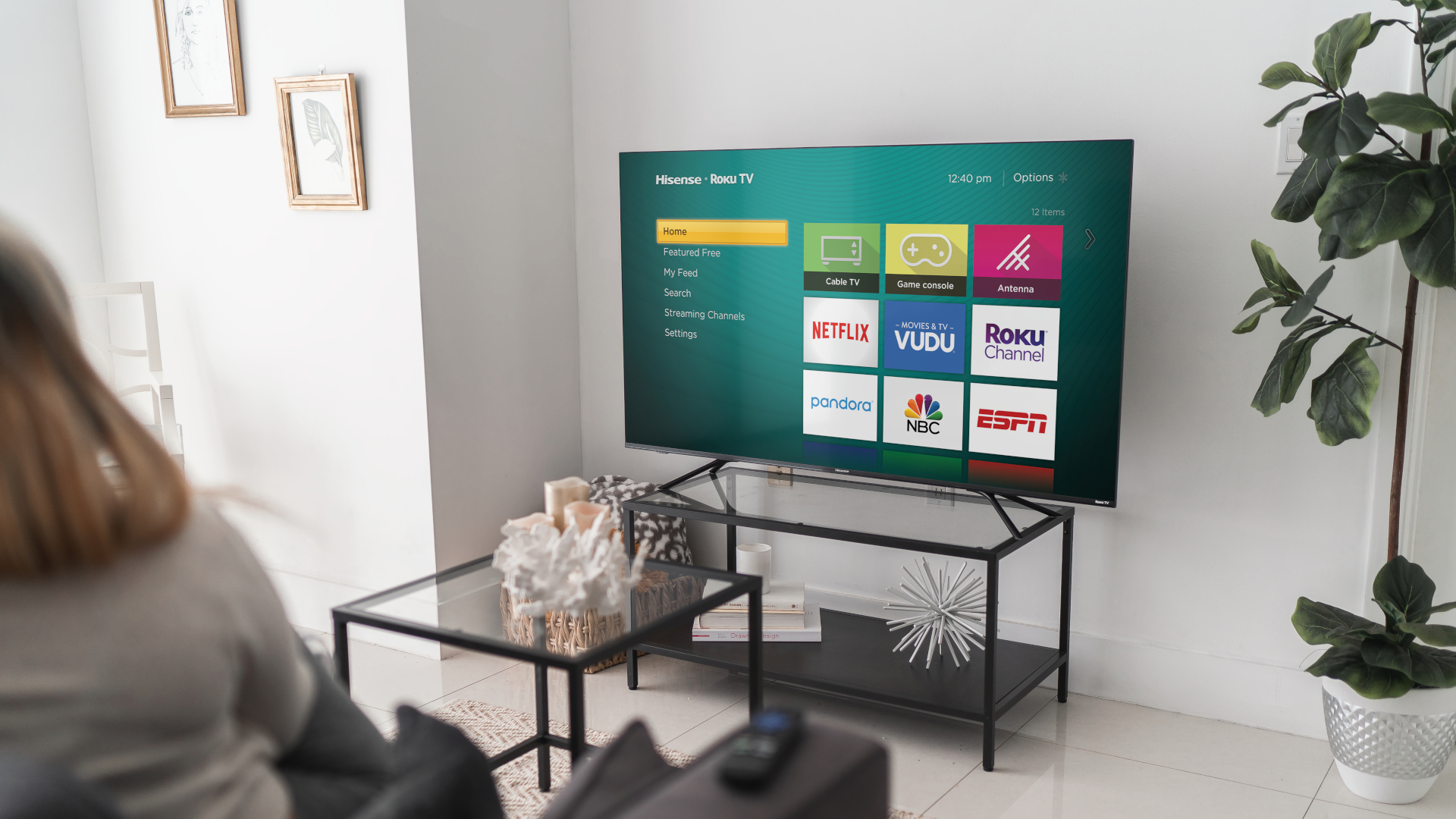
Hisense also collaborates with the Roku OS on certain sets, including its incoming ULED range – ULED being Hisense's own term for its high-spec LED televisions, with improved processing and enhanced color and contrast over its other sets. The Roku ULEDs are looking US-only for now, though the UK also got its first Roku Hisense TVs in time for Black Friday last year.
The Roku platform is the same as that included on Roku streaming sticks, and features a straightforward and easily laid-out OS, making it easy to select different streaming apps (of which there are many) as well as source inputs like game consoles.
Roku sets aside, Hisense's smart TV OS can also be a little hit and miss across its different models. Some feature a flashy Vidaa U OS (don't ask us why it's called that), while others settle for a more prosaic Android TV platform – and even within those categories performance and app support can vary.
Back in 2020 Hisense TVs featured some oddly half-baked applications, including a ‘free' TV streaming service that just loaded up YouTube videos (in the UK at least), and a Vidaa Art mode that pulls landscape drawings from DeviantArt – rather that the museums and galleries of Samsung's Art Mode on The Frame.
Thankfully, these OS issues can be sidestepped entirely – if you have them – by using a streaming box or streaming stick such as the Chromecast Ultra, Roku Streaming Stick+ or Nvidia Shield TV. Watching movies on a 4K Blu-ray player, too, shouldn't run into these issues.
Hisense smart TV reviews
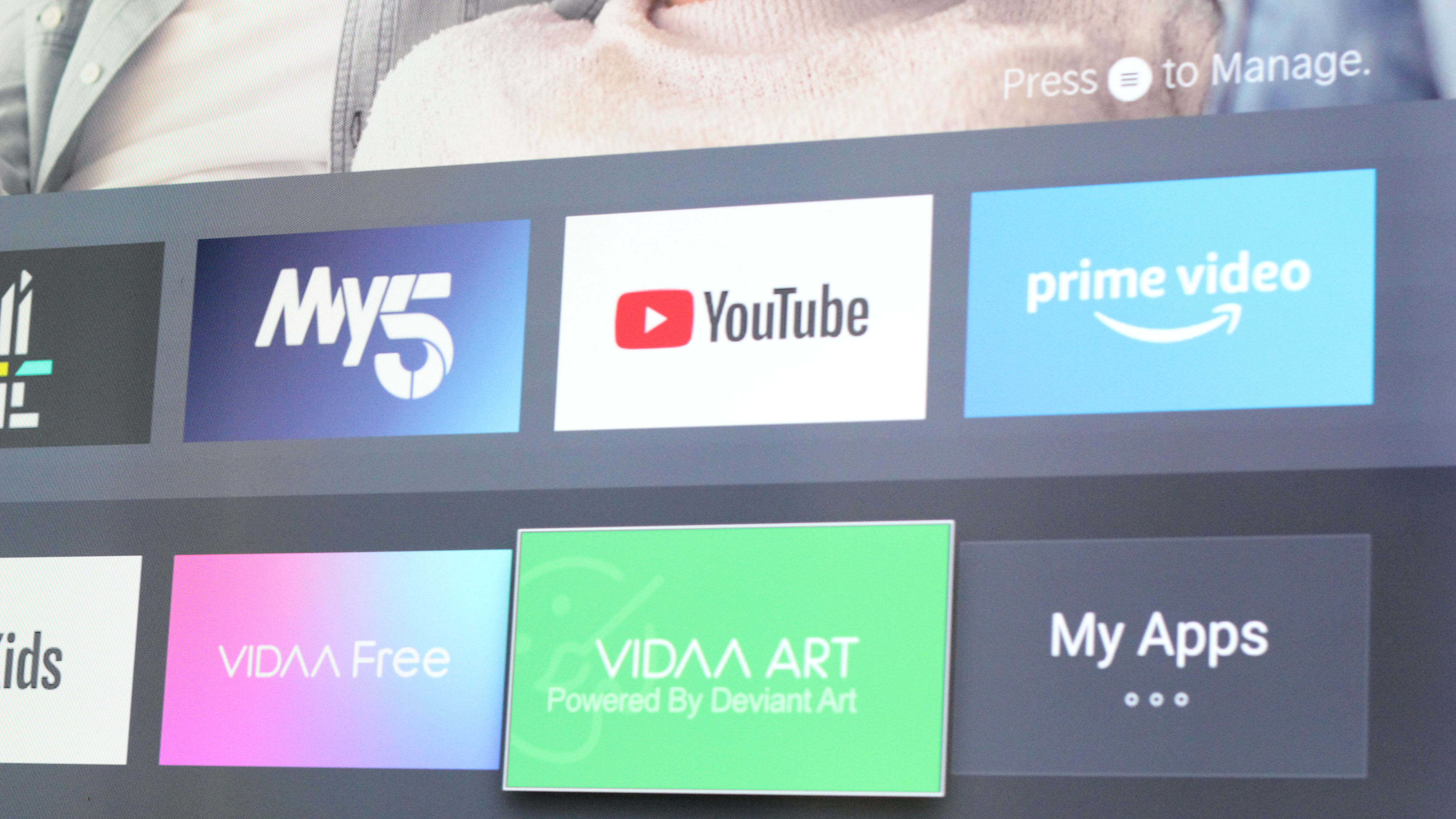
Perhaps most crucially, what did TechRadar make of Hisense's latest TV sets?
We've reviewed Hisense televisions of all sizes and price ranges – and you can check out our full thoughts with the links below:
US
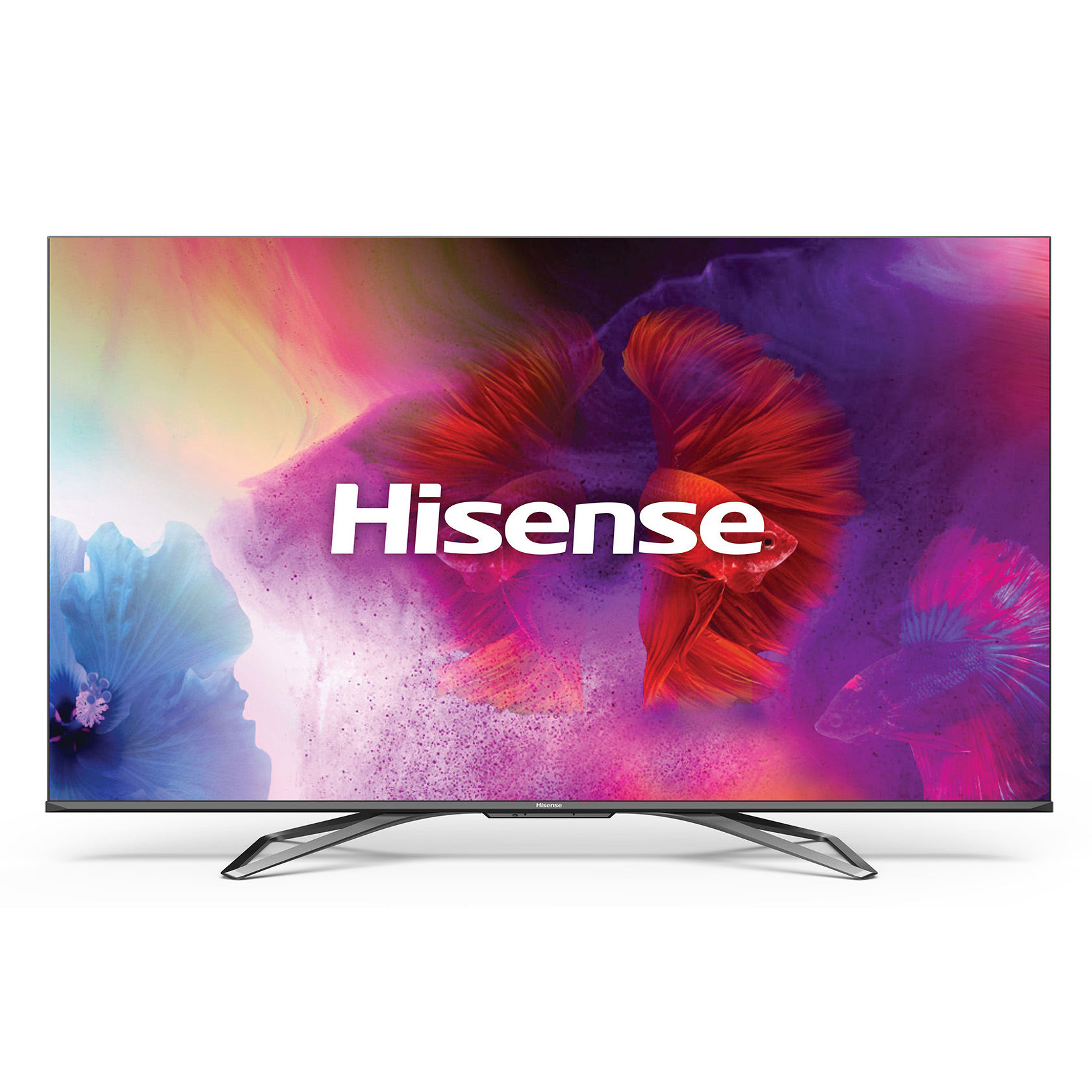
Hisense H9G Quantum Series TV review: This successor to the H8G offers an excellent 4K HDR picture, a solid OS, and a good selection of ports. Audio isn’t great, but otherwise this is a high-performing TV available at a surprisingly mid-range price.
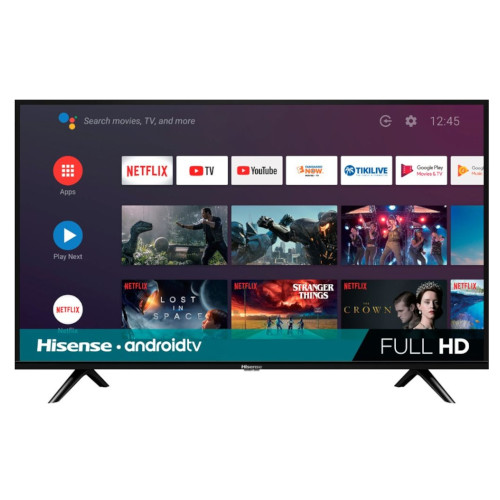
Hisense H8G Quantum Series TV review: The Hisense H8G Quantum Series does so much at a price that will make you wonder why you’d even consider “premium” televisions. Overall this is an affordable, high-quality television and we highly recommend it.
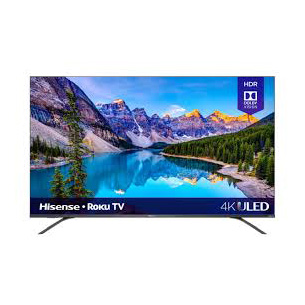
Hisense R8F 4K ULED TV review: Hisense adds its proprietary ULED technology to a Roku TV, offering boosted brightness, contrast, color and motion handling. The only downside is that the bass response isn’t all that powerful, and might mean you need to invest in a soundbar.
UK

Hisense U7QF ULED TV review: The U7QF isn’t the flagship Hisense TV for 2020, but it still makes a great case as a mid-price LCD with exceptional brightness control, decent HDR, and a sleek TV stand solution. Notable motion problems are mainly what holds it back from greatness. Just £599 for the 55-inch model or £799 for the 65-inch.
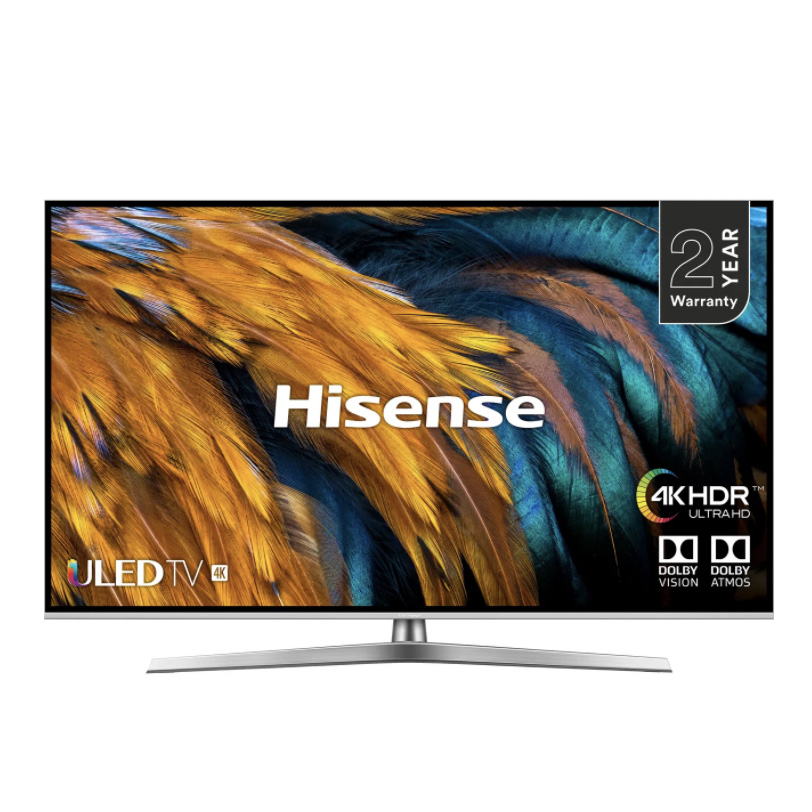
Hisense U7B ULED TV review: While the Hisense H55U7B ultimately comes up a bit short on the picture quality, mostly due to some backlight and motion problems, it’s ambitious and feature-rich enough to still add up to a potentially tempting package. It costs just £499 too.

Hisense O8B OLED TV review: The cheapest OLED TV on the market inevitably comes with some compromises. At £1,399 for the 55-inch UK model, was it worth the trade off?

Hisense U8B ULED TV review: One for the UK only, but this high-spec TV comes in at only £999 for a 65-inch model, offering a big-impact screen at a pretty low price.
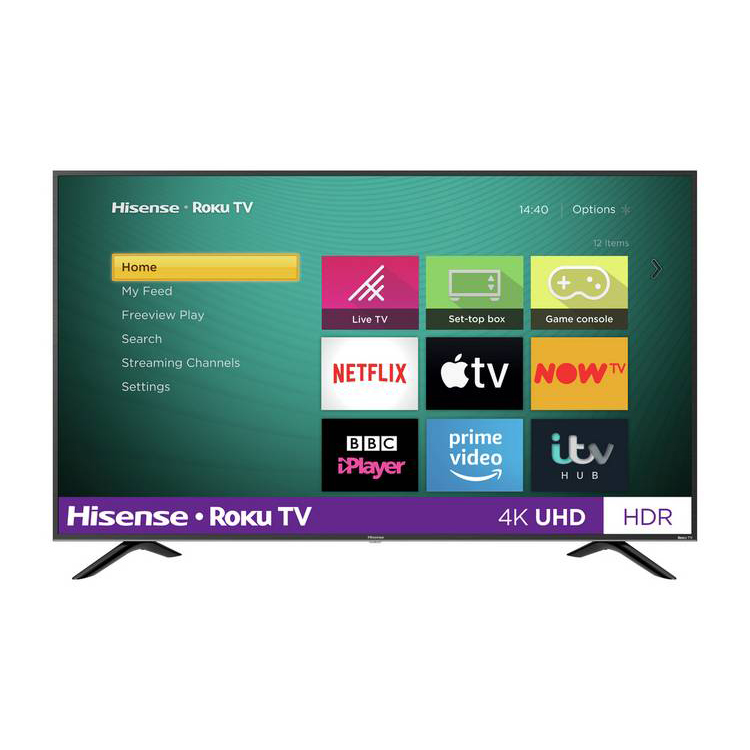
Hisense Roku TV (R50B7120UK) review: The Hisense Roku TV is a brilliant introduction of the Hisense-Roku collaboration for the UK. With a strong and vivid picture, great HDR for the price, and the Roku smart platform to sweeten the deal, this is undoubtedly one of the best televisions under £500 you can get right now.
AU
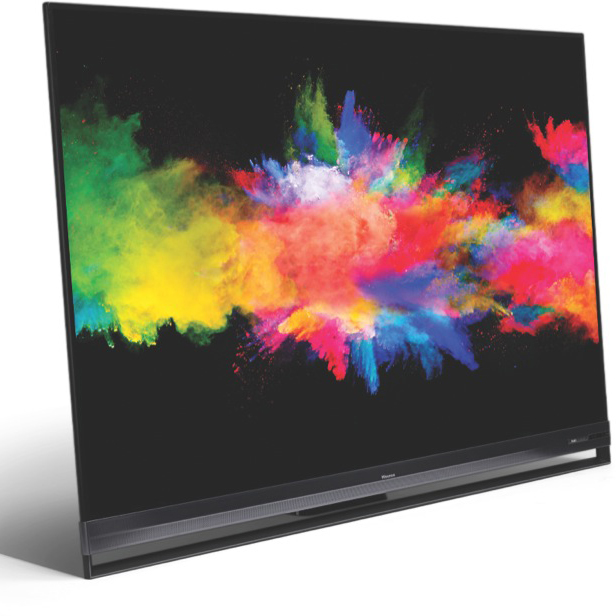
Hisense 65SX Dual Cell TV review: Hisense’s new Dual Cell technology offers the best contrast levels of any LED/LCD television we’ve seen to date, achieving blacks approaching that of an OLED without sacrificing brightness. That said, the 65SX suffers somewhat from image processing issues.
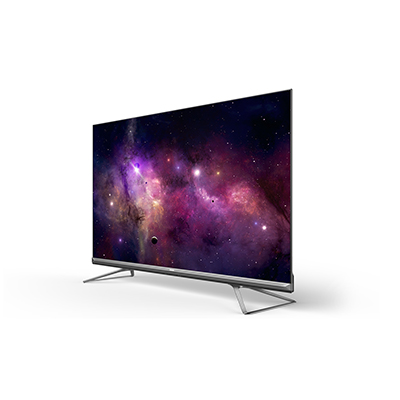
Hisense U80G ULED 8K TV review: Leaving behind the image processing issues of previous TV models, Hisense knocks it out of the park with its first 8K television, achieving brilliant visuals and delivering the high-end features expected from flagship TVs in 2021. This TV is currently only available in Australia but should be launching in the UK and US later in 2021.

